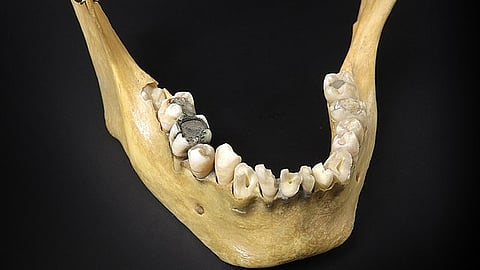Advent Of Dental Amalgam [1800]
Amalgam was introduced to the western world during the 1830s. It was in 1833 an Englishman, Edward Crawcour, and his nephew Moses Crawcour brought and introduced dental amalgam to the United States and it was quick to rise in popularity. Though, its use was banned by the American Society of Dental Surgeons due to the health hazards accompanied by amalgam. But dental amalgam rose to popularity again during the period of 1856-1859 when the ASDS was disbanded and the American Dental Association was founded.
Use Of Gold Dental Filling [1700-1800]
The use of gold in dentistry dates back to several thousands of years though its use as dental filling material was not one of them. Gold was used as a replacement for missing teeth or as bands to hold the teeth together which is dated back to Etruscans during the year 201. However, the use of gold dental fillings was not seen till the 1700s when its advent was seen as dental filling material across Europe. In 1855, Robert Arthur invented a cohesive gold foil method that made the filling of cavities easier with the help of metal in soft malleable form.


